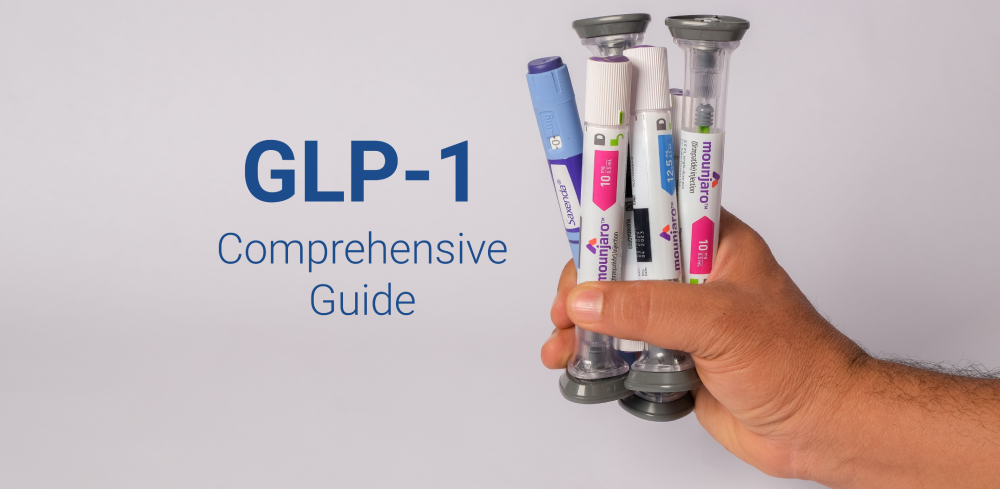Understanding the NHS Social Care Budget Divide
The relationship between the National Health Service (NHS) and social care budgets is a critical aspect of the UK healthcare system. Currently, significant financial disparities exist between these two sectors, often resulting in profound inefficiencies in patient care. According to recent figures, the NHS budget for 2022-2023 exceeded £176 billion, while the social care sector, which is pivotal for supporting discharged patients, received approximately £21 billion from local authorities. This stark contrast not only highlights the funding challenges but also the potential for systemic obstacles that affect patient outcomes.
The divide between NHS and social care budgets means that while hospitals may have the resources to treat patients, the support needed for their care after discharge can be lacking. As a result, many patients wait longer than necessary to leave hospital settings, straining both hospital capacity and healthcare resources. Statistics show that over 20,000 patients experience delayed discharges each day, which often correlates with inadequate arrangements for their ongoing care. Experts argue that this situation arises from a misalignment of priorities in health and social care funding, underscoring the need for a cohesive strategy that addresses both sectors’ financial challenges.
Furthermore, the discrepancies in budge allocation can lead to a ripple effect on healthcare providers. Those working in hospitals frequently report feeling pressured due to the backlog of patients awaiting discharge. This ongoing crisis in hospital discharges can result in increased operational costs, impacting the care quality offered to both inpatients and outpatients. The financial strain on social care services is often exacerbated by a growing elderly population who require more sustained support. Consequently, addressing the NHS social care budget divide is vital not only for the efficiency of hospital operations but also for ensuring patients receive comprehensive and timely care.
Consequences of Discharge Delays on Patients and the Healthcare System
Delays in hospital discharge have become a pressing issue within the healthcare system, leading to significant consequences for both patients and healthcare providers. One of the most tragic outcomes of prolonged hospital stays is the deterioration of a patient’s health. Patients, especially the elderly or those with chronic conditions, may develop additional complications while remaining in a medical facility longer than necessary. For example, a patient recovering from surgery may experience muscle atrophy, reduced mobility, and an increased risk of hospital-acquired infections when discharge is delayed. These additional health challenges can prolong recovery times and negatively impact the future health of individuals, necessitating further medical interventions.
Moreover, discharge delays create a ripple effect, placing an increased strain on hospital resources. When beds are occupied for extended periods, it limits the availability of services for new patients needing urgent care. This bottleneck often leads to longer wait times in emergency departments and significantly impacts patient throughput. Hospitals may face overcrowding, which can compromise the quality of care provided and lead to increased stress levels among healthcare professionals. Expert testimony highlights that efficient discharge processes are critical for ensuring that healthcare facilities can function optimally, and delays in this area threaten to upend their operational effectiveness.
The economic ramifications of discharge delays can also be substantial. Extended patient stays raise overall healthcare costs, leading to increased billing for both hospitals and patients. The financial burden of hospital readmissions, which often occur due to complications arising from inadequate post-discharge care, further compounds the issue. In essence, the ongoing discharge logjam not only takes a toll on patient health and safety but also places a considerable strain on the healthcare system’s capacity to deliver timely and efficient care. These consequences highlight the urgent need for comprehensive solutions to tackle the underlying issues of social care funding and its impact on hospital discharges.
Systemic Reforms Needed to Address Discharge Delays
The issue of hospital discharge delays within the NHS is multifaceted, necessitating comprehensive systemic reforms to create a more efficient healthcare delivery system. Experts advocate for the adoption of integrated care models that encourage collaboration among various healthcare entities. By harmonizing the efforts of hospitals, community health services, and social care providers, patients can receive coordinated care, ensuring smoother transitions from hospital to home. These models facilitate information sharing, allowing healthcare professionals to make informed decisions about patient needs post-discharge.
In addition to integrated care reforms, funding reallocations are paramount to address discharge delays effectively. Current budget limitations often restrict the capacity of social care services and home health agencies, leading to bottlenecks in patient discharge processes. Industry leaders recommend reviewing existing budget allocations, advocating for increased investment in social care to enhance resource availability. By investing in community-based services, the burden on NHS facilities can be alleviated, thereby improving patient flow and reducing discharge delays.
Furthermore, improved communication between healthcare entities is essential for resolving the discharge delay crisis. Often, miscommunication between hospitals and social care services leads to misunderstandings regarding patient needs and care plans, causing unnecessary delays. Implementing standardized communication protocols and utilizing digital solutions, such as shared electronic health records, could significantly enhance the efficiency of coordination efforts. This approach not only empowers healthcare teams to work collaboratively but also ensures that patients receive appropriate care in a timely manner.
In conclusion, addressing hospital discharge delays requires a systematic approach that incorporates integrated care models, strategic funding reallocations, and improved communication within the healthcare ecosystem. By implementing these reforms, the NHS can enhance patient outcomes, streamline discharge processes, and ultimately improve the overall efficiency of healthcare provision.
Enhancing Coordination Among Healthcare Providers
Effective coordination among healthcare providers is pivotal for addressing the ongoing delays in hospital discharges, a significant issue within the NHS. Currently, there are several challenges that impede seamless communication and collaboration between hospitals, social services, and community healthcare systems. For instance, the fragmentation of services often leads to information silos, where vital patient information is not efficiently shared. Such shortcomings can create delays in determining appropriate aftercare and, ultimately, hinder timely discharges.
To enhance the discharge process, stakeholders must adopt strategies that promote collaboration across the healthcare spectrum. One such approach is the implementation of integrated care systems (ICS). By organizing healthcare providers around patient needs, ICS facilitate better information exchange and joint decision-making. These systems enable hospitals to work closely with social services and community health organizations, creating a cohesive approach to patient care. Additionally, regular interdisciplinary meetings can help identify potential discharge barriers early in a patient’s stay, allowing for proactive planning.
Successful initiatives illustrate the potential of enhanced coordination. For example, some regions have adopted multidisciplinary discharge planning teams that include nurses, social workers, and community care representatives, all working together to assess patient needs and ensure appropriate follow-up care is in place. This model not only streamlines the discharge process but also reduces the likelihood of readmissions, thus alleviating pressure on hospital systems.
Moreover, leveraging technology can significantly bolster communication between providers. Electronic health records (EHRs) and shared databases allow real-time access to patient information, which is crucial for informed decision-making. Training staff on utilizing these tools effectively can enhance the responsiveness of the entire care network. Finally, fostering a culture of collaboration and mutual respect among all healthcare stakeholders will be instrumental in creating a more efficient discharge process, ultimately leading to better patient outcomes.











